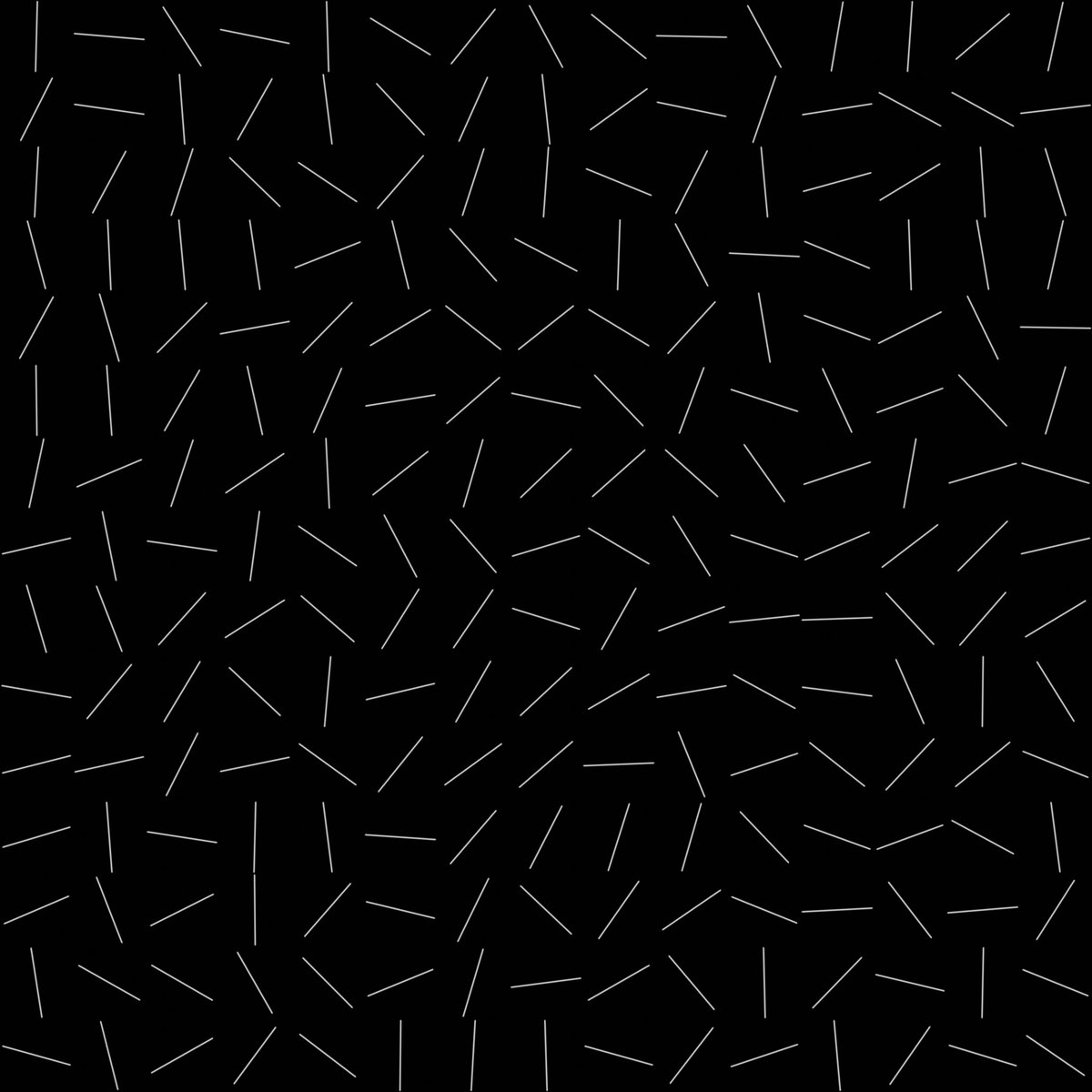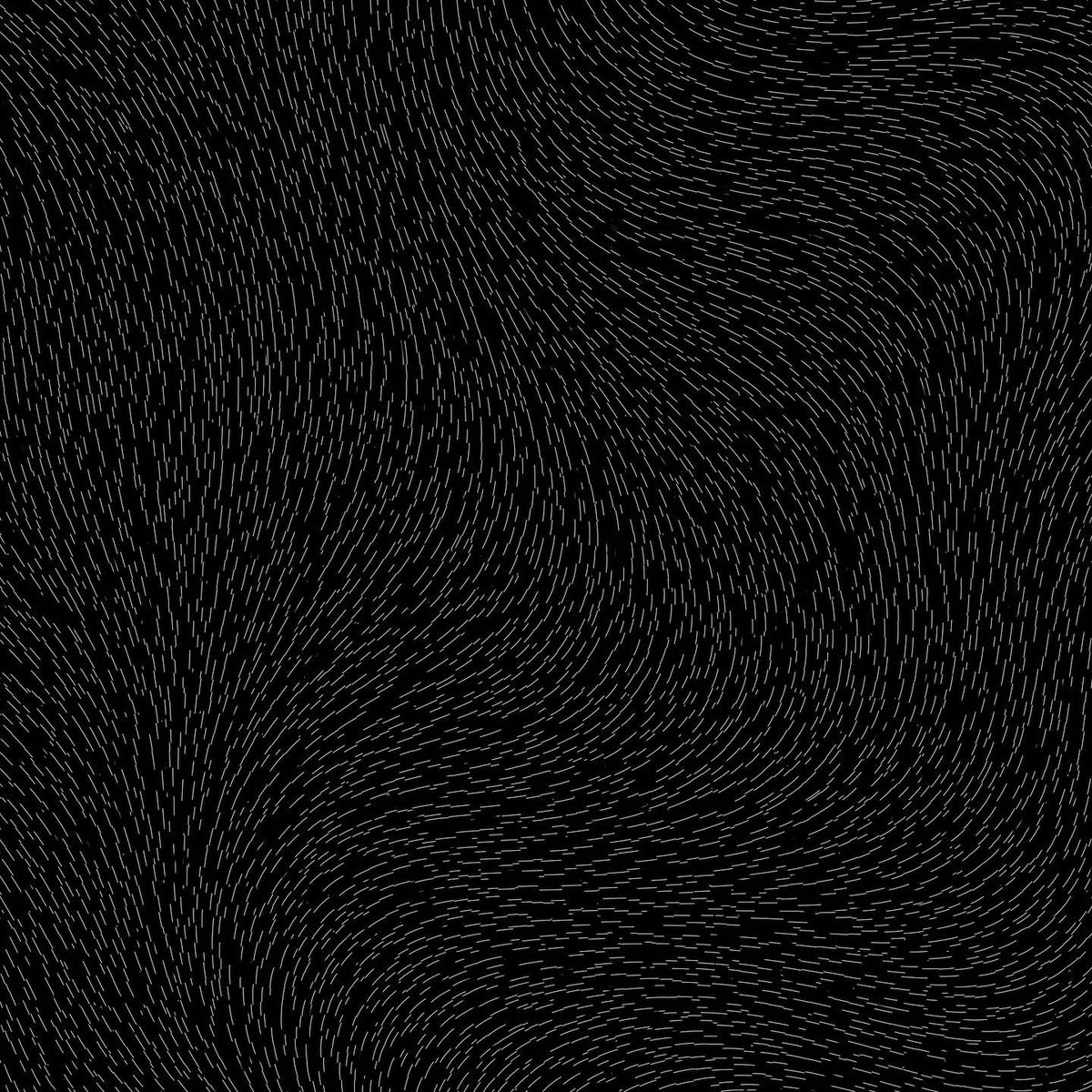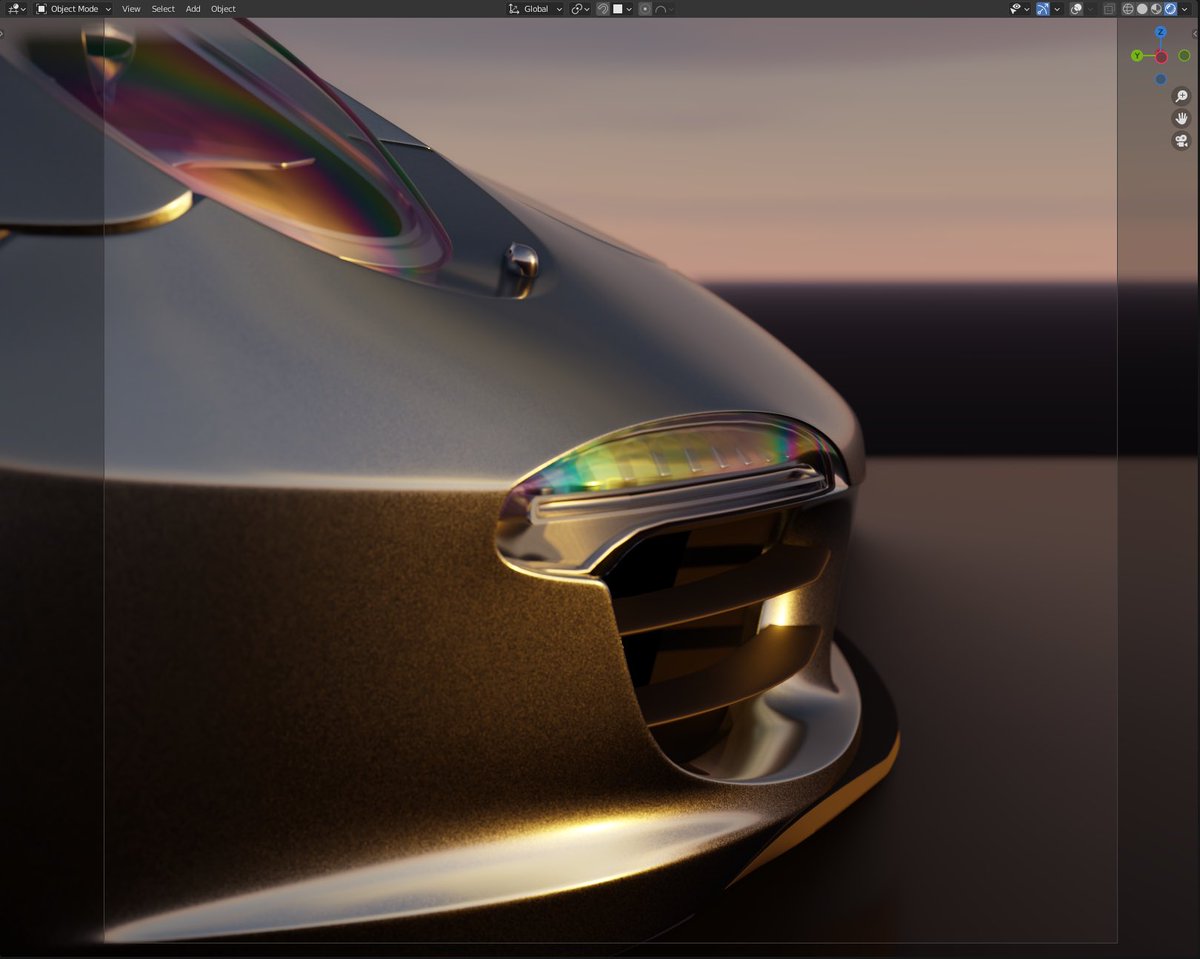
Water & Lighting R&D for Oscar & Golden Globe winning animated feature ‘Flow’. Blender preacher. Co-Founder @physicaladdons
How to get URL link on X (Twitter) App





 With Voronoi texture you can make quite convincing scratching. Each cell gives you ‘position’ data that you can shape into a line and rotate via any data value - texture or vector.
With Voronoi texture you can make quite convincing scratching. Each cell gives you ‘position’ data that you can shape into a line and rotate via any data value - texture or vector. 









 Polarised light and Thin-film interference are not the same in terms of physics. One is caused by injection moulding of the plastic, other - by a very thin layer of material on the surface of another material.
Polarised light and Thin-film interference are not the same in terms of physics. One is caused by injection moulding of the plastic, other - by a very thin layer of material on the surface of another material. 

 Let's start with the reflector - the shiny chrome part behind the glass.
Let's start with the reflector - the shiny chrome part behind the glass. 



 (This is my attempt for clickbaity advertisement)
(This is my attempt for clickbaity advertisement)
